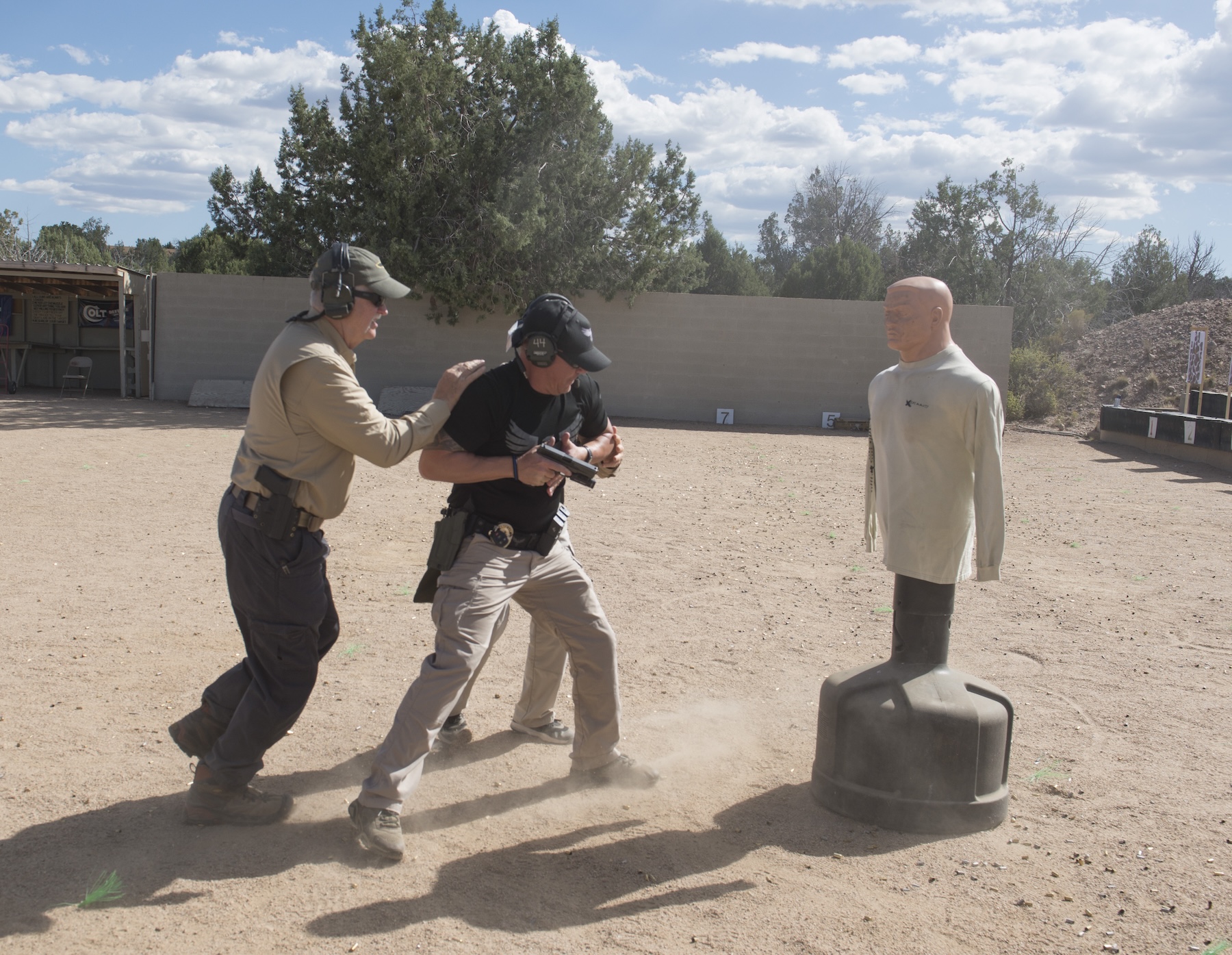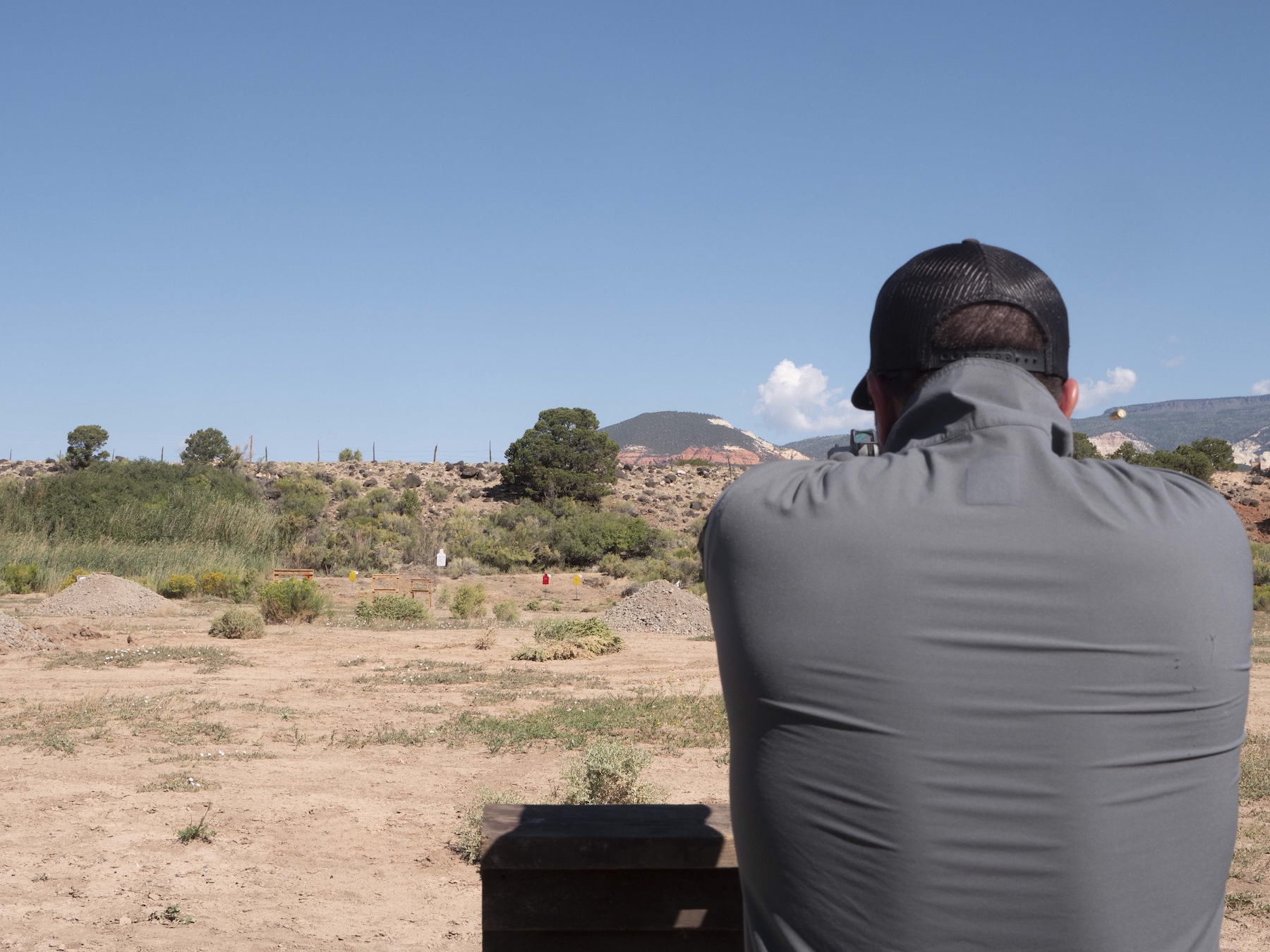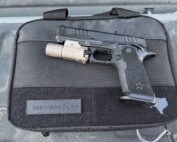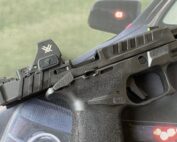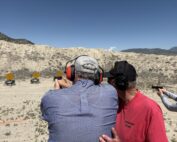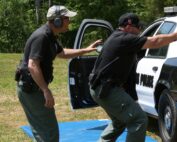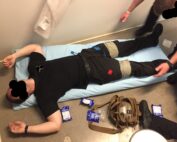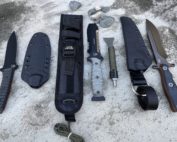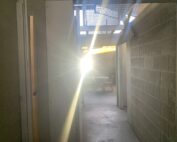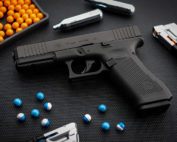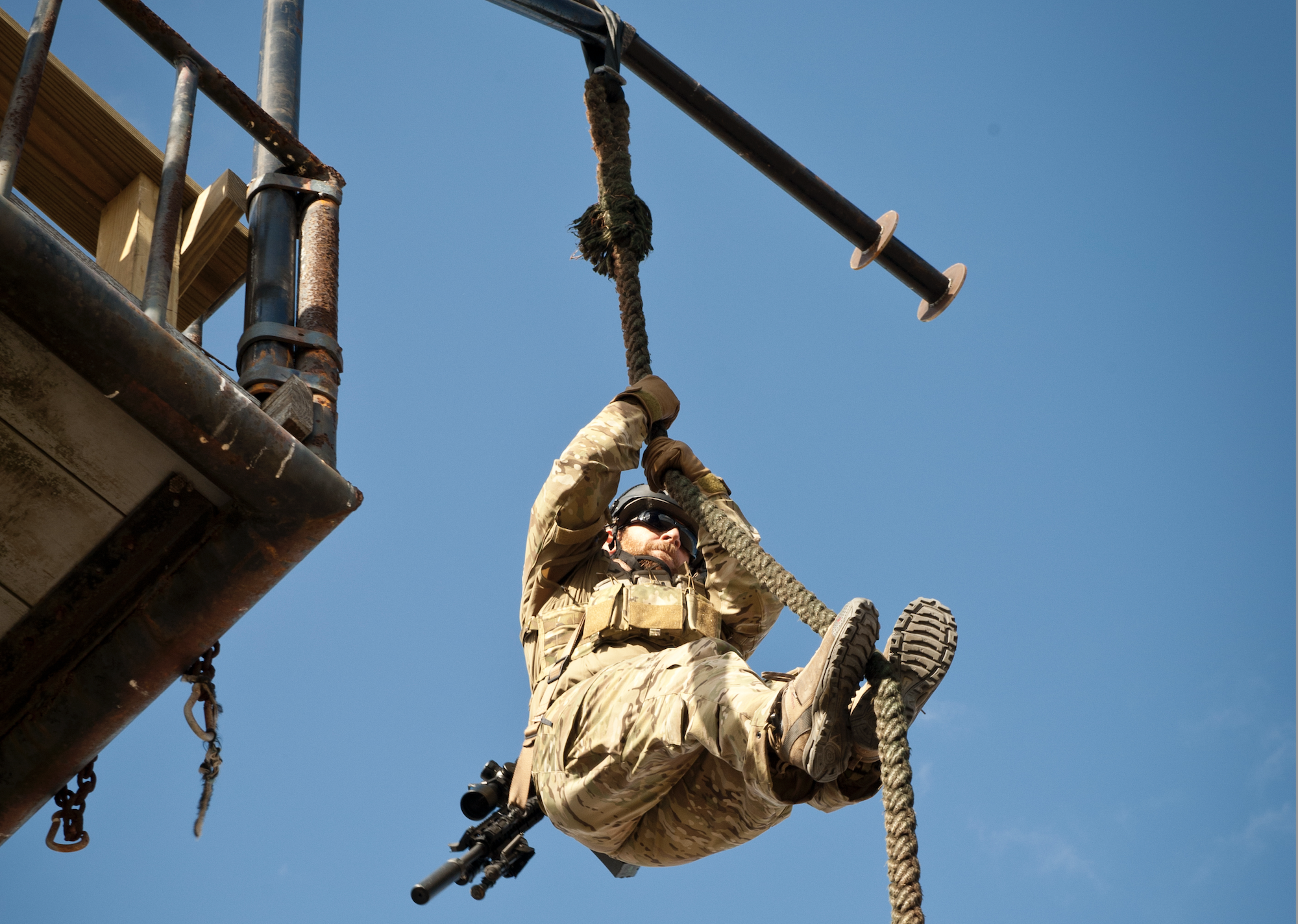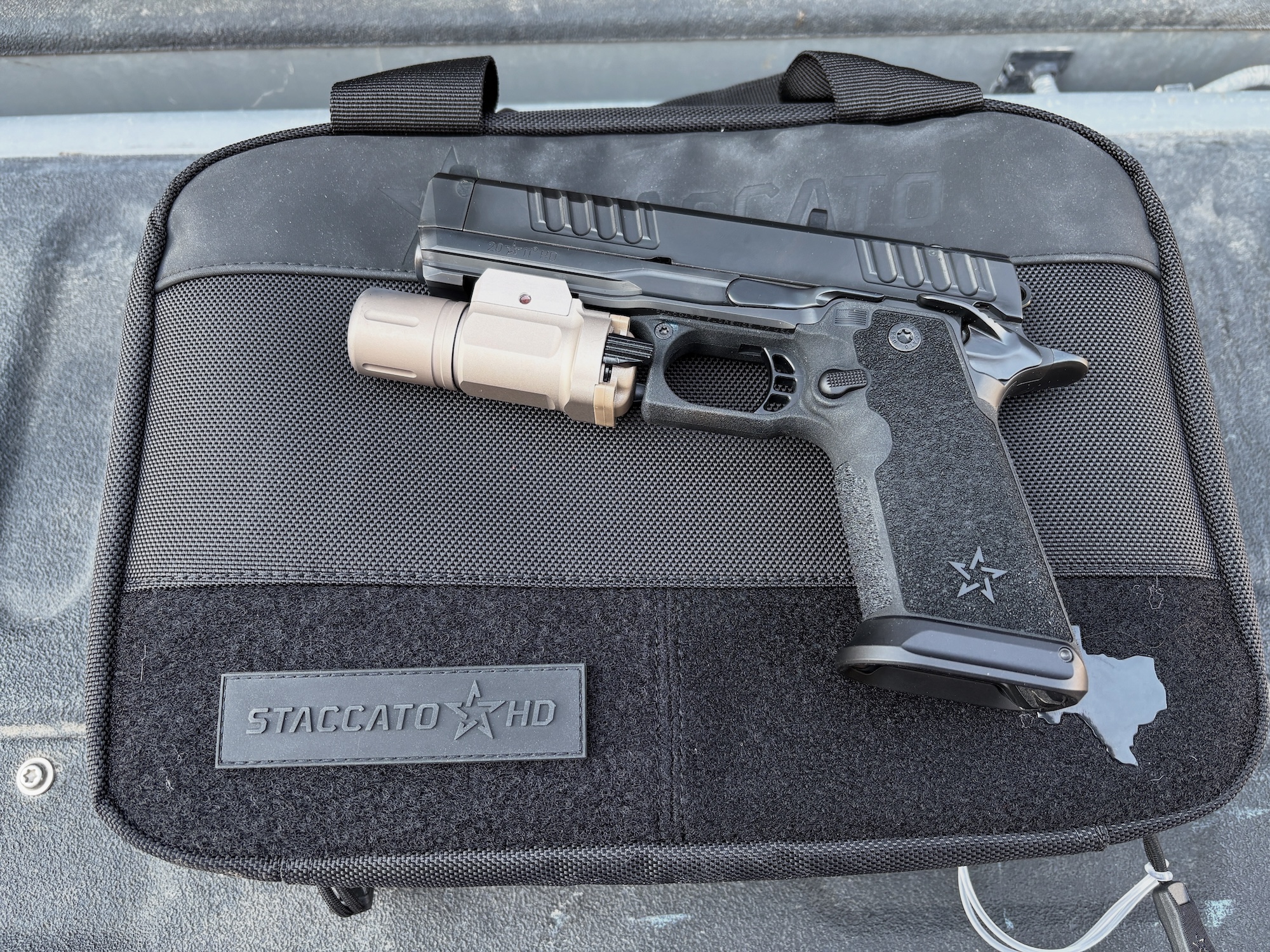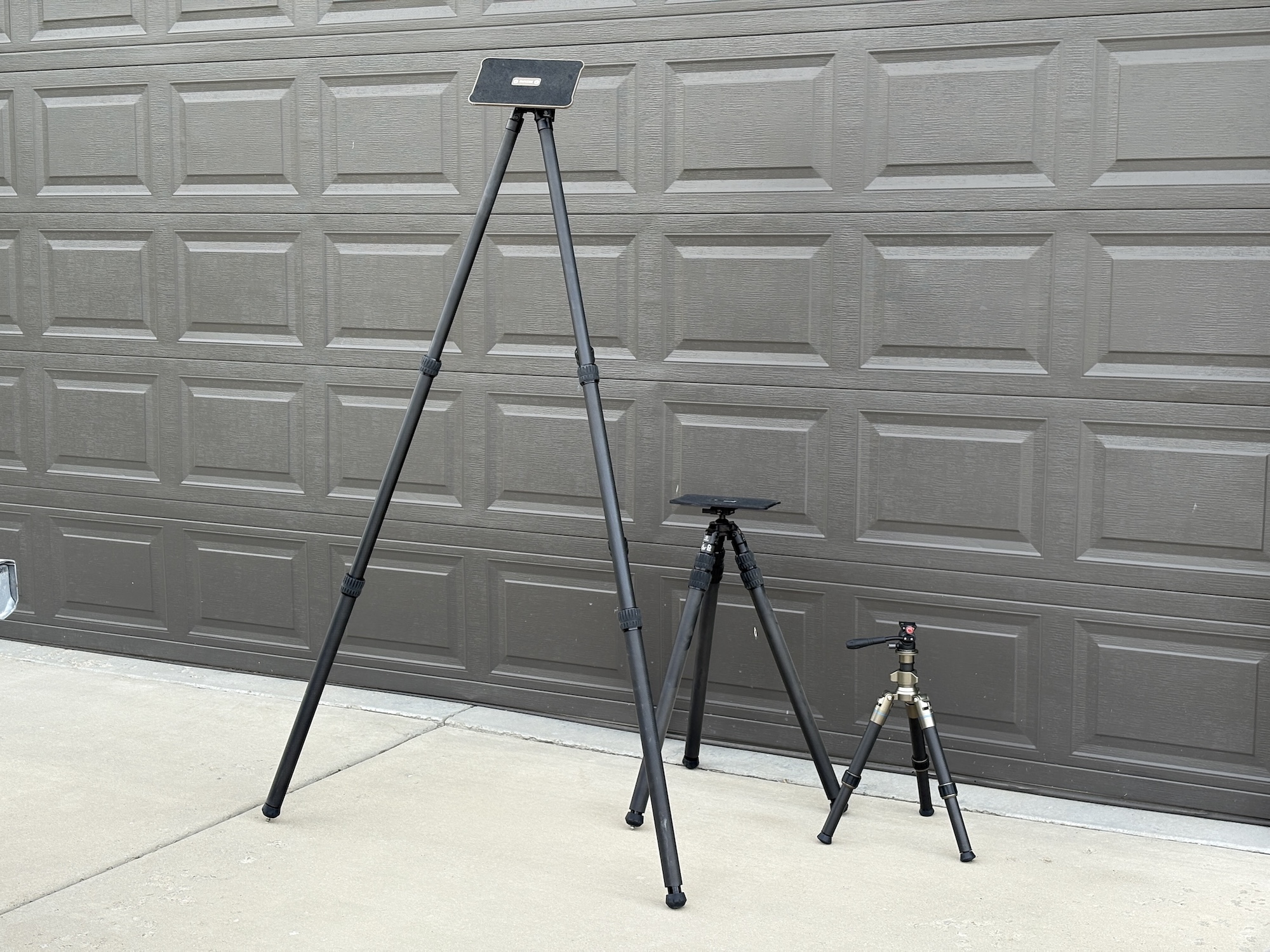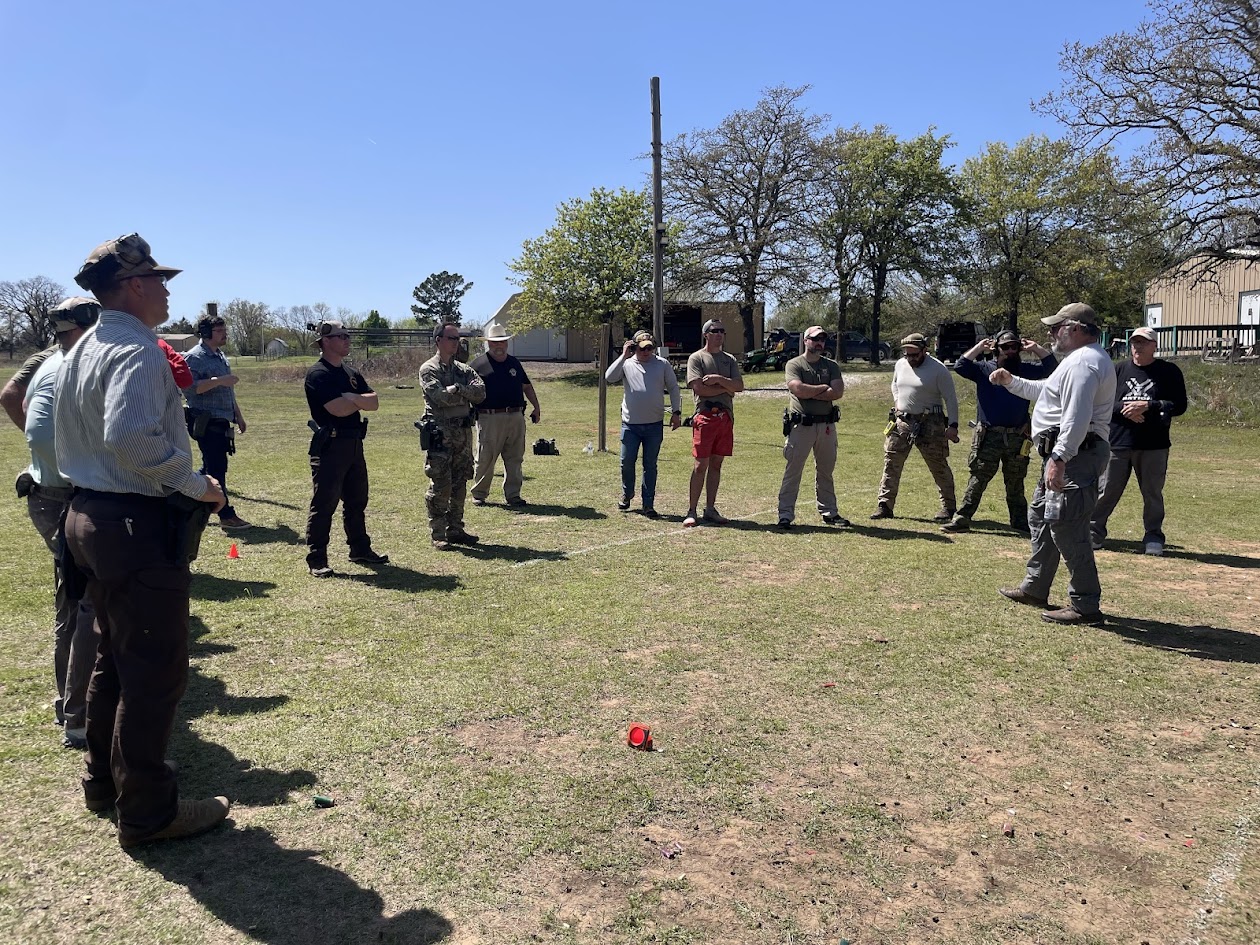
IMG_0100
While most of life happens in the “middle,” it often occurs at the extremes. Given decades of training and studying officer-involved shootings (OIS), I find this still holds true. Some events occur at “typical” distances under “usual” conditions, but not all. If we only train for the typical circumstances, we do ourselves and our officers a disservice. We need to spend time on the “normal”, without ignoring the unusual. The last shooting I was involved with occurred at 25 yards through a chain link fence – not normal. We have also seen them with officers on their backs, behind cover, around vehicles – anything but “typical.” While you can take this to the extreme, you should consider the distances involved (near and far), as well as the positions (fighting from the ground).
Up Close and Personal
Fighting within arm’s length is not ideal, but it does happen, more frequently than some admit. Nor is it fun to teach on a square range with people who only “practice” a couple of times a year. This is the age-old conundrum of balancing safety and practicality.
Can it be done? Sure, we have done it for decades with pre-planning and work. Retention position shooting teaches officers how to do it while exposing them to the effects. As mentioned before, the “solution” is not always to back up or break contact; it may be staying tight and ending the fight. It will be loud and messy, with some muzzle blasts, and this requires training.
If you allow compensators, the officers need to learn their effects – ahead of time. This can be as simple as letting them hear and feel the muzzle blast. They need to know their body index to get hits without a sight picture.
Combine this with your hands-on training while using blue guns or non-lethal training ammunition (NLTA), which is fantastic and considerably more real. As a long time martial artist, my first time doing this with a blue gun was a serious eye opener. If your department allows it, using NLTA is even better and can really help to create myth-bust ideas on gun takeaways. Nothing like getting hit at close range with a sim round to emphasize how dangerous disarms can be. Also, it is important to know how effective “shooting” someone can be.
Long range is really a thing!
Over the years I have seen “shooting at distance” go back and forth. Early on at the sheriff’s office, we qualified at 25 yards and practiced at 50 yards while using a 4” revolver. Later, we switched to “practical distances,” no farther than 15 yards, with the vast majority occurring at 7 yards or so. The stated reason was practicality; more likely, it was because shooting at a distance was hard and required actual training. However, OIS can occur at any distance, with recent events going out to 50 yards.
Failing to train officers to hit at distance is a disservice, especially in the age of Red Dot Sights. Shooting into an 8” circle at 25 yards with a Red Dot pistol is not that hard. The same for hits on a 12” target at 50 yards, easier on a square range with a static target. Definitely easier than it was with iron sights and a 12-15-pound trigger. Even if your qualification doesn’t extend that far, training to get those hits is critical. It prepares officers for what may happen, is fun, serves as a confidence builder, and improves accuracy at closer ranges.
Every range day, my first two rounds from the holster are on a 12” x 16” steel target at 50 yards, followed by hitting an 8” circle at 25 yards. This simulates two recent shootings and is a zero check for my RDS. Before I leave the range, I repeat it to see if my training that day was effective.
The ground may be your Friend!
Cover is what’s available and what you get, not necessarily what you want. Standing out in the open is stupid and counterintuitive for most. If your cover is a car or a tree, you may end up shooting from the ground. With everyone a BJJ expert now, you may be fighting on the ground. On-the-job training is not recommended, so training on the mat and the range is recommended. Curling up behind a car’s wheel requires some practice. So does rolling over on your side or back. My first range master was also an Army Ranger, so we did this back in the 80’s. It’s not just about getting hits but getting your duty gun out of your holster without shooting yourself. For me, the solution was an easily accessed second revolver in what we now call AIWB. It was common for me to have a third on an ankle.
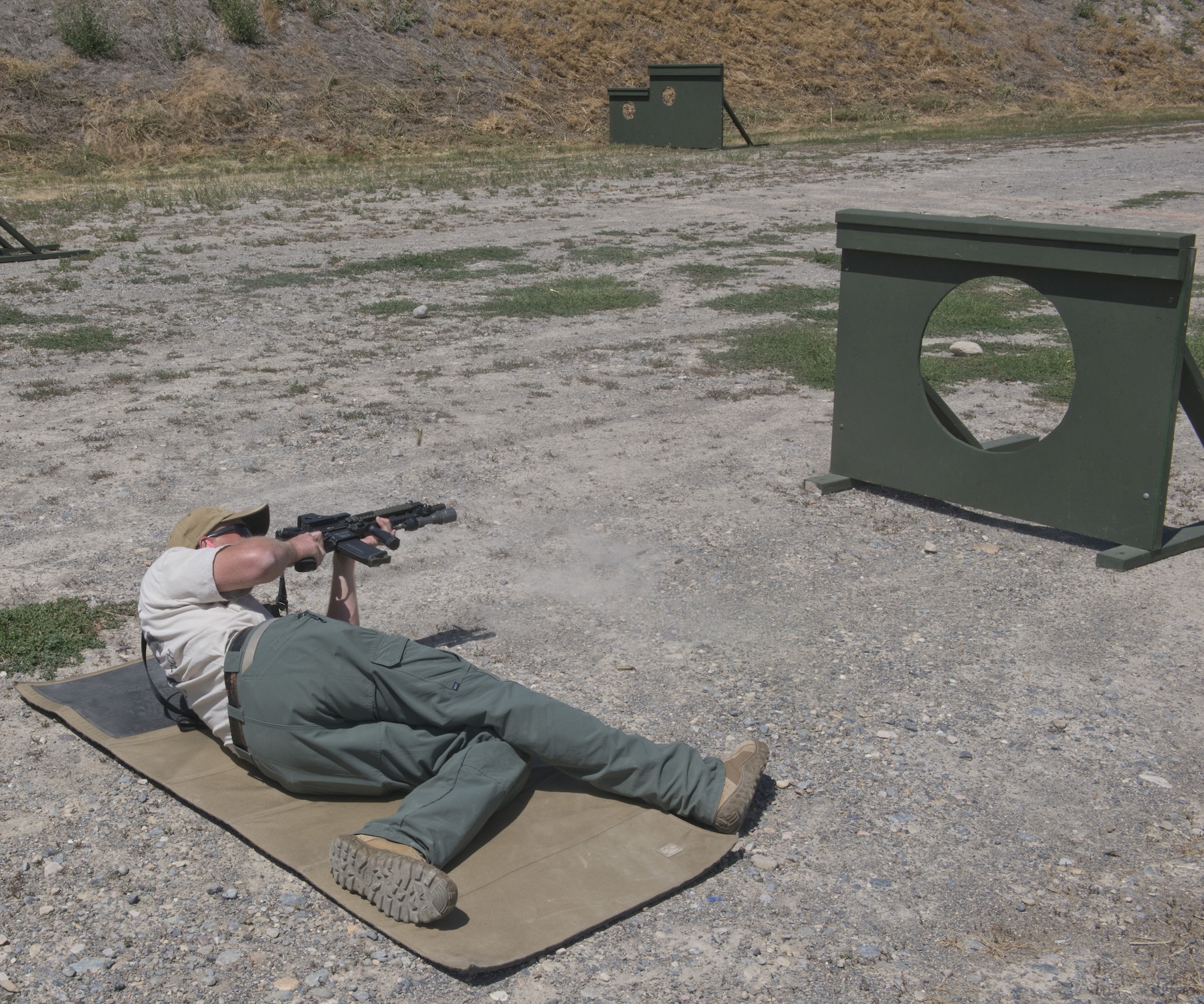
You can roll onto your side with a handgun or long gun. It is effective when shooting around various kinds of cover.
It was never about having more guns but having more access to them. Again, this is another great place for training on the mats with blue guns, or similar. Practicing this on the range is hard, but that does not make it any less necessary. Training can be about familiarity and minimizing the things officers learn in their first gunfight. Make it fun, especially on the mat, while keeping it simple and real.
Bottom Line?
Should these things be a huge part of training? No, but they must be included, nonetheless. Too often, the hard things get skipped when they might be the most critical. Accuracy and proficiency are key, but so are preparation and exposure to what we may confront. That means doing the hard things occasionally. Nothing is as rewarding as having an officer tell you, “Thanks, Sarge, I never would have known to do that if it weren’t for your training” after their shooting. The only thing better than saving your own life is having someone you trained thank you for saving theirs!


 (+2 rating, 4 votes)
(+2 rating, 4 votes)